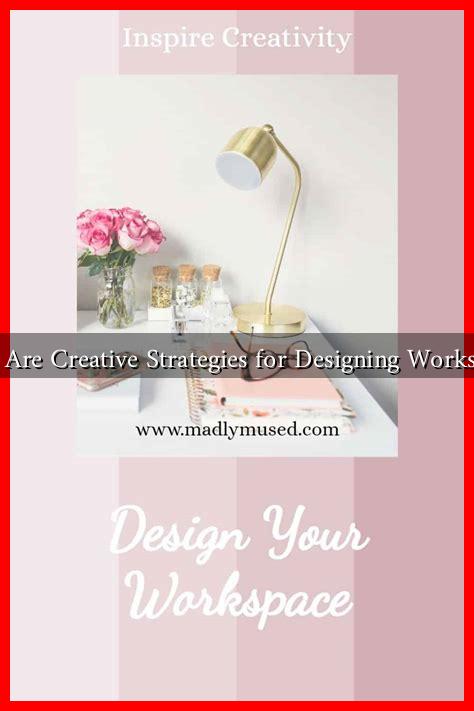-
Table of Contents
What Are Creative Strategies for Designing Workspaces
In today’s fast-paced and ever-evolving work environment, the design of a workspace plays a crucial role in enhancing productivity, creativity, and employee satisfaction. As companies strive to attract and retain top talent, innovative workspace design has become a key focus. This article explores creative strategies for designing workspaces that foster collaboration, well-being, and efficiency.
Understanding the Importance of Workspace Design
Workspace design is not merely about aesthetics; it significantly impacts employee performance and well-being. According to a study by the Gartner Group, 75% of remote workers prefer to continue working remotely at least part-time. This shift necessitates a reevaluation of how physical spaces are designed to accommodate both in-office and remote work.
Creative Strategies for Workspace Design
Here are several creative strategies that organizations can implement to design effective workspaces:
- Flexible Layouts: Create adaptable spaces that can be reconfigured based on team needs. This can include movable furniture, modular walls, and multi-purpose areas that can serve as meeting rooms, lounges, or collaborative spaces.
- Incorporate Nature: Biophilic design, which integrates natural elements into the workspace, has been shown to reduce stress and increase productivity. Consider adding plants, natural light, and outdoor spaces to enhance the work environment.
- Technology Integration: Equip workspaces with the latest technology to facilitate collaboration and communication. Tools like video conferencing systems, interactive whiteboards, and project management software can streamline workflows.
- Personalization: Allow employees to personalize their workspaces with decor, photos, or plants. This fosters a sense of ownership and belonging, which can lead to increased job satisfaction.
- Quiet Zones: Designate areas for focused work or relaxation. These quiet zones can help employees recharge and concentrate, ultimately boosting productivity.
- Community Spaces: Create communal areas that encourage social interaction and collaboration. Cafes, lounges, and game rooms can serve as informal meeting spots that foster creativity and teamwork.
Case Studies: Successful Workspace Designs
Several companies have successfully implemented creative workspace designs that have led to improved employee satisfaction and productivity:
- Google: Known for its innovative office spaces, Google incorporates open layouts, recreational areas, and wellness facilities. Their offices feature nap pods, fitness centers, and even on-site medical services, promoting a healthy work-life balance.
- Airbnb: The design of Airbnb’s headquarters reflects its brand ethos of belonging. The workspace includes communal areas that mimic home environments, encouraging collaboration and creativity among employees.
- WeWork: As a pioneer in flexible workspaces, WeWork designs its locations to cater to various business needs. Their spaces are equipped with modern amenities and offer a range of environments, from private offices to open co-working areas.
Statistics Supporting Creative Workspace Design
Research supports the notion that well-designed workspaces can lead to significant benefits:
- According to a study by the Harvard Business School, employees in well-designed workspaces report a 33% increase in productivity.
- A survey by Gensler found that 70% of employees believe that their workspace affects their ability to collaborate effectively.
- Research from the International WELL Building Institute indicates that workplaces designed with employee well-being in mind can reduce absenteeism by up to 30%.
Conclusion
In conclusion, creative workspace design is essential for fostering a productive and engaging work environment. By implementing flexible layouts, incorporating natural elements, integrating technology, and creating community spaces, organizations can enhance employee satisfaction and performance. As the nature of work continues to evolve, investing in innovative workspace design will be crucial for attracting and retaining talent in the competitive job market. The strategies discussed in this article not only improve the physical workspace but also contribute to a culture of collaboration and well-being, ultimately leading to a more successful organization.


